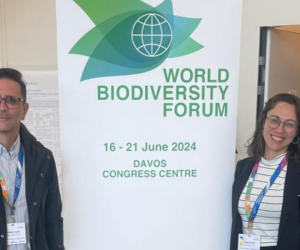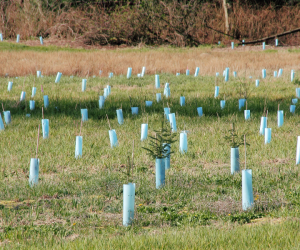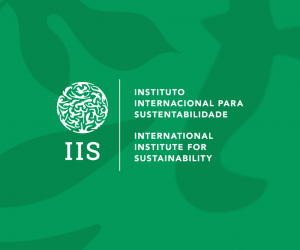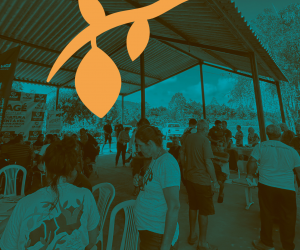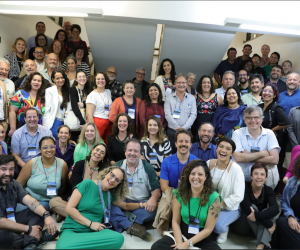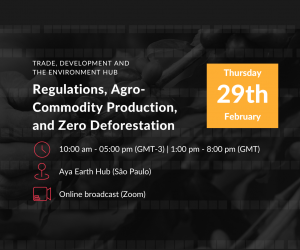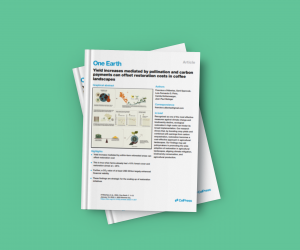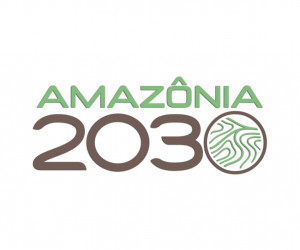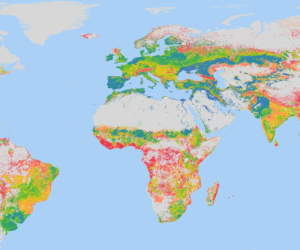Publications > Report
Identifying Priority Areas for Restoration: Amazon Biome
The period from 2021 to 2030 was named the Decade of Restoration by the United Nations (UN) due to the numerous benefits associated with this practice, such as climate change mitigation and biodiversity conservation. Given this importance, Brazil has set the goal of restoring 12 million hectares of native vegetation in all its biomes until the deadline. Considering that the Amazon represents 60% of the national territory, the region is essential for the success of vegetation recovery actions. To contribute to this operation, a new study by the International Institute for Sustainability (IIS), developed in the context of the Amazon 2030 project, identified priority areas for forest recovery in the Amazon biome through Multi-Criteria Spatial Prioritization.
The results indicate that the recovery of 10% of priority areas in the Amazon, equivalent to 5.7 million hectares, would generate revenue of R$132 billion. This collection would be possible through the commercialization of carbon credits based on forest restoration activities, which would sequester up to 2.6 billion tons of CO2 from the atmosphere. Half of this amount would be allocated to farmers to pay for the recovery, while the other half could be directed to public policies to finance sustainable initiatives in the Amazon itself. In the words of Bernardo Strassburg, IIS’ Executive Director, “[…] you generate revenue from the carbon obtained from restoration”.
However, to achieve these benefits, it is necessary to follow the areas mapped by the multi-criteria prioritization. Restoring the same area at random is much less efficient and can reduce cost-effectiveness by up to 10 times. Likewise, taking only cost into consideration can reduce results by up to 8 times. According to the study maps, several regions of the Amazon are priorities for biodiversity conservation, climate mitigation, or social impact – or even for all three together -, reinforcing the possible benefits of a large-scale restoration program. The maps created also indicate where the recovery should start.


